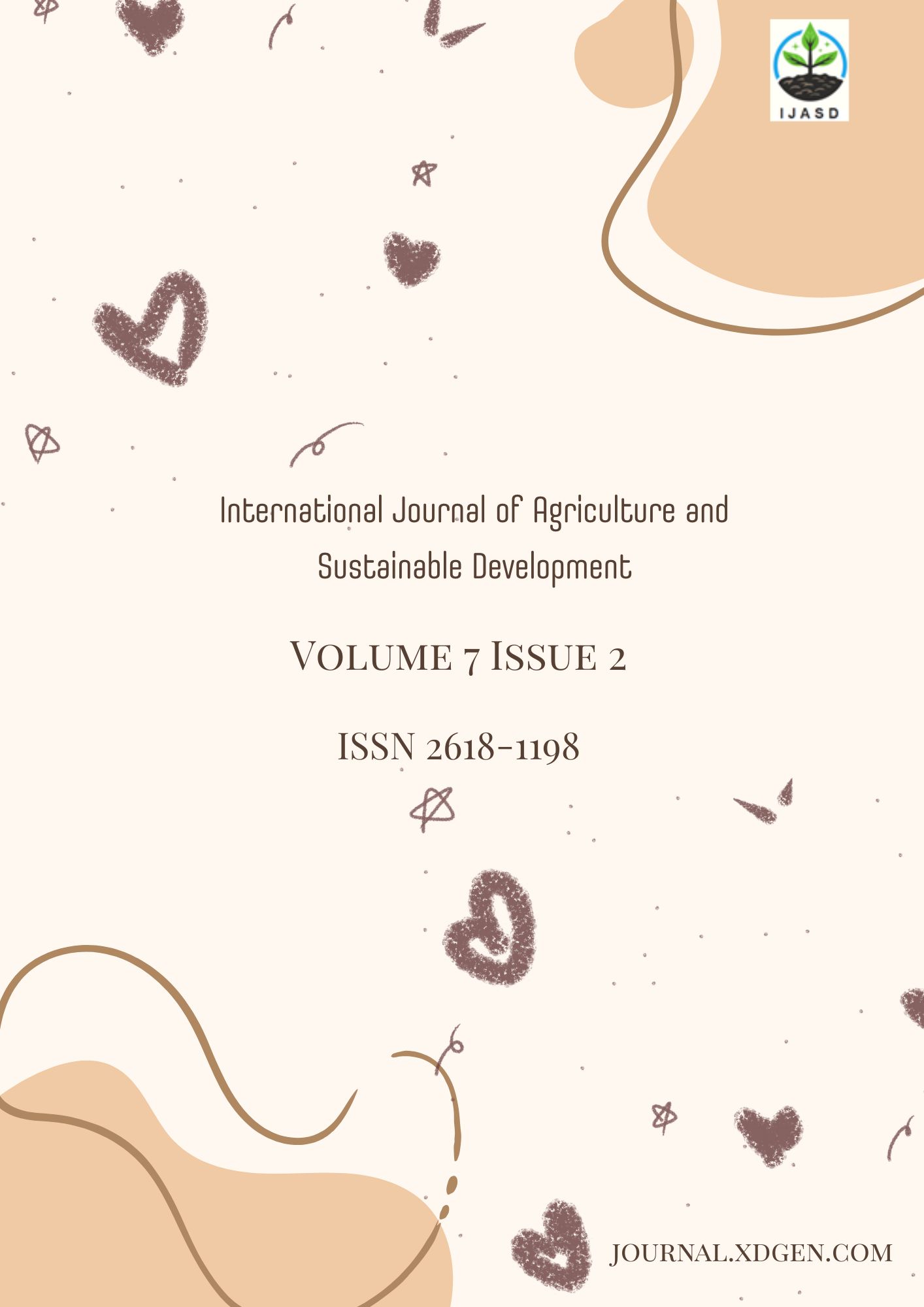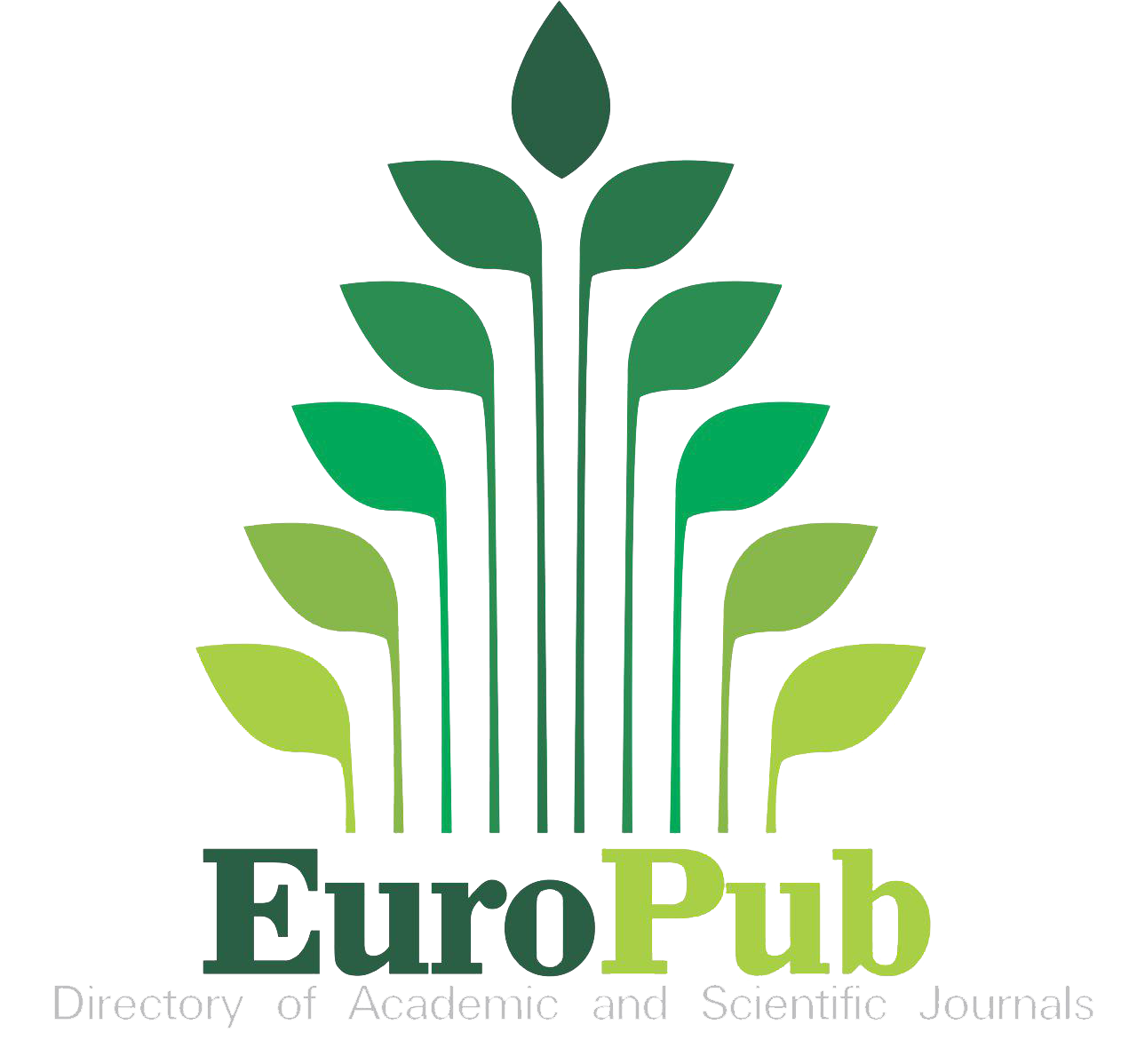Impact Of Weed Control Techniques on Weeds, Yield, and Quality Attributes of Field Pea (Pisum Sativum Var. Arvense)
DOI:
https://doi.org/10.3333/4xdzds68Keywords:
Chemicals, Mulches, Pea, Pod yield, Weed managementAbstract
Weed control techniques significantly influence the weed flora by reducing weed density and biomass, while enhancing the yield and improving the quality attributes of field pea (Pisum sativum) through better resource utilization and reduced crop-weed competition. The objective of this study was to assess how different weed control techniques affected weed suppression, and yield-contributing parameters of field pea. Ten treatments, each with three replications, were used in the field research, which was carried out using a randomized complete block (RCB) design. Various weed control methods were used in the treatments, including mulches (Eucalyptus leaves, weed biomass, and poplar leaves), herbicides (S-metolachlor @ 1 L ha⁻¹, Pendimethalin @ 2.5 L ha⁻¹, Haloxyfop-p-methyl @ 0.9 L ha⁻¹, and Quizalofop-p-ethyl @ 2.0 L ha⁻¹), two hand weeding at 30 and 60 DAS (days after sowing), a weed-free check, and control (untreated) treatment. Plant height (cm), pod length (cm), days to 50% flowering, days to 50% pod formation, and pod yield (kg ha⁻¹) were among the agronomic traits, that were assessed. The findings demonstrated that the yield components of peas were strongly impacted by weed control techniques. The weedy check had the longest periods for 50% flowering (89 days) and 50% pod formation (110 days), whereas the weed-free treatment had the lowest time duration for both parameters. The weed-free check (73.83 cm) and two-hand weeding (70.40 cm) treatments produced the highest plants, and longest pods, followed by the applications of Pendimethalin and S-metolachlor. Similarly, when compared to other treatments, the pod yield was considerably increased by the weed-free check (5424 kg ha-1), two-hand weeding (5278 kg ha-1), and Pendimethalin (5020 kg ha-1) treatments. The study concluded that the best methods for lowering weed competition and improving yield-contributing parameters in pea cultivation are two-hand weeding or the application of Pendimethalin and S-metolachlor.


















